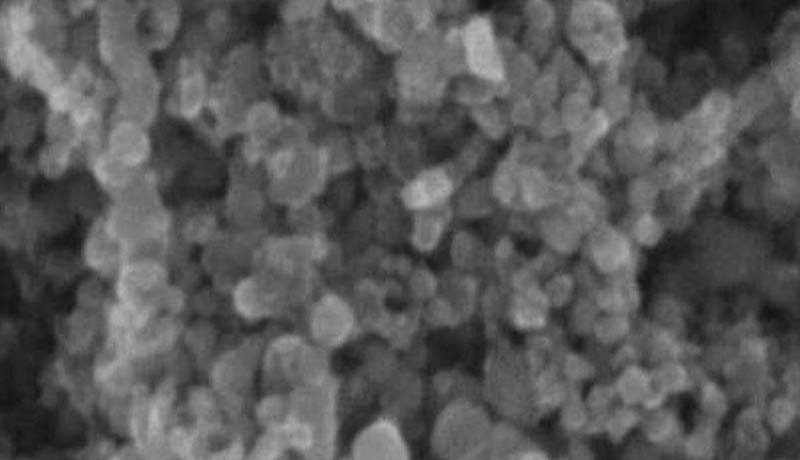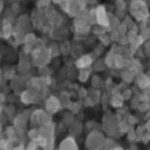Aluminum alloys are an important material choice in a wide range of applications, from automotive components to aerospace structures to beverage cans. Choosing the right aluminum alloy for a particular application is crucial, as different alloys have different properties and characteristics that make them more or less suitable for different uses. In this post, we will compare two popular aluminum alloys: 5052 and 6061.
Properties and Characteristics of Aluminum 5052
Aluminum 5052 is an alloy that is part of the 5xxx series of aluminum-magnesium alloys. It is one of the most widely used alloys in the 5xxx series, as it has excellent corrosion resistance, especially in marine environments, and it can be easily welded.
The chemical composition of 5052 aluminum is:
- Aluminum: 95.68-97.7%
- Chromium: 0.15-0.35%
- Copper: 0.1% max
- Iron: 0.4% max
- Magnesium: 2.2-2.8%
- Manganese: 0.1% max
- Silicon: 0.25% max
- Zinc: 0.1% max
5052 aluminum has a number of mechanical properties that make it an attractive choice for a wide range of applications:
- Tensile strength: 33,000 psi
- Yield strength: 28,000 psi
- Elastic modulus: 10,000 ksi
- Shear strength: 24,000 psi
- Brinell hardness: 60 HB
5052 aluminum is highly resistant to corrosion, particularly in marine environments. It is also easy to weld, making it a popular choice for marine and automotive applications. 5052 aluminum is also highly formable, making it suitable for use in a variety of applications that require intricate shaping. Finally, 5052 aluminum is relatively easy to machine, making it a good choice for applications that require precise tolerances.
Properties and Characteristics of Aluminum 6061
Aluminum 6061 is an alloy that is part of the 6xxx series of aluminum-magnesium-silicon alloys. It is one of the most widely used alloys in the 6xxx series, as it has a good balance of strength, corrosion resistance, and formability.
The chemical composition of 6061 aluminum is:
- Aluminum: 95.85-98.56%
- Chromium: 0.04-0.35%
- Copper: 0.15-0.4%
- Iron: 0.7% max
- Magnesium: 0.8-1.2%
- Manganese: 0.15% max
- Silicon: 0.4-0.8%
- Zinc: 0.25% max
6061 aluminum has a number of mechanical properties that make it an attractive choice for a wide range of applications:
- Tensile strength: 45,000 psi
- Yield strength: 40,000 psi
- Elastic modulus: 10,000 ksi
- Shear strength: 31,000 psi
- Brinell hardness: 95 HB
6061 aluminum has good corrosion resistance and is easy to weld, making it a popular choice for structural applications. It is also highly formable, making it suitable for use in a variety of applications that require intricate shaping. However, 6061 aluminum is not as easy to machine as some other alloys, making it a less attractive choice for applications that require precise tolerances.
Comparison of 5052 and 6061 Aluminum
So, how do 5052 and 6061 aluminum compare? Both alloys are highly popular and widely used, but they have some key differences that make them more suitable for certain applications.
One of the main differences between 5052 and 6061 aluminum is their strength. 5052 aluminum has a lower strength than 6061 aluminum, making it less suitable for applications that require high strength. However, 5052 aluminum has excellent corrosion resistance and is easy to weld, making it a good choice for marine and automotive applications.
On the other hand, 6061 aluminum has higher strength than 5052 aluminum, making it a better choice for structural applications. It is also highly formable, making it suitable for use in a variety of applications that require intricate shaping. However, 6061 aluminum is not as easy to machine as 5052 aluminum, making it a less attractive choice for applications that require precise tolerances.
In summary, 5052 aluminum is a good choice for applications that require corrosion resistance and good formability, while 6061 aluminum is a better choice for applications that require high strength and good formability.
Conclusion
In conclusion, aluminum 5052 and 6061 are both highly popular and widely used alloys, but they have some key differences that make them more suitable for certain applications. 5052 aluminum is a good choice for applications that require corrosion resistance and good formability, while 6061 aluminum is a better choice for applications that require high strength and good formability. It is important to carefully consider the specific needs of your application when choosing between these two alloys.


